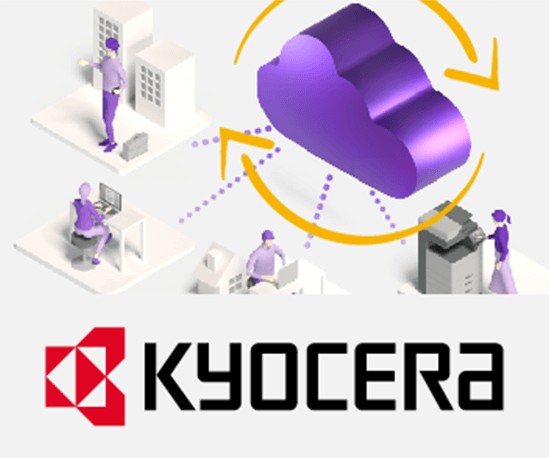It is very easy to provide an electronic signature. The detailed rights system […] ensures that clerks can only submit the declarations of consent assigned to them. The sender is authenticated based on the connection to the trust server.
Heiko Dehne, Project Manager and Treasurer, Municipality of Göttingen

